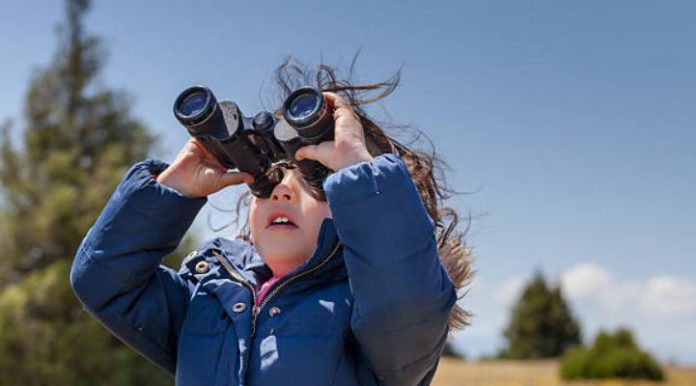Bird watching may be both one of the world’s easiest and most difficult hobbies. This seemingly contradictory statement can be explained because bird watching may be pursued at many different levels, from the most simple to the most complicated.
At its simplest level, one can be a bird watcher — also known as a birder — simply by looking out a window and observing the various winged creatures that may be passing by or hopping past.
On the opposite end of the scale, one may purchase the most costly, high-powered telescope and portable tripod and traipse across the globe in search of some of nature’s most marvelous and colorful creatures.
Although for most bird watchers, the purpose of their hobby is to gain knowledge about nature, some people have used the observation of avian creatures as the starting point for very serious scientific research.
Probably the most famous example of this is Charles Darwin. He was a naturalist aboard a sailing ship, traveling to such far-away locations as Ecuador’s Galapagos Island.
It was Darwin’s observation of different varieties of finches that led to the development of his theory of natural selection.
It is likely that the two most important tools for a would-be bird watcher are an identification reference guides and visual aids. A trip to a local public library is a good way to borrow a reference guide.
Some of the most popular and widely used books for birders are those published by the Audubon Society.
Binoculars and telescopes are the two choices for making it easier to see far-away birds.
Binoculars offer the advantages of being less costly, more portable and more compact in size, but a telescope is the first choice for the very serious bird watcher, as their magnification is usually superior, and, when mounted on a secure tripod, the image is less shaky and easier to see.
One excellent way to learn about birds is to go on an outing with an experienced naturalist. At a Migratory Bird Sanctuary in Delta, British Columbia, Canada, where over 280 different bird species have been sighted, such an opportunity is offered every Sunday morning.
For no extra charge other than the basic admission fee, people can walk along the paths with a veteran birder.
He will point out the various resident and migratory birds that he observes, often pointing his telescope at an owl, snow goose, chickadee, or whatever feathered feature catches his fancy.
Although birds are easiest to see in the winter and early spring when there are no leaves on the trees, birding is usually more pleasant during warmer months. For this reason, it is equally important to be able to identify birds by sound as it is by sight.
Like any hobby, the more one learns about a topic, the more interesting and fascinating it becomes. After a few walks through nearby parks and other birding areas, one may be motivated to purchase or construct a feeding station and bring the birds to you.
That is the easiest kind of birding, when the birds come to you, rather than you having to go out and look for them.

